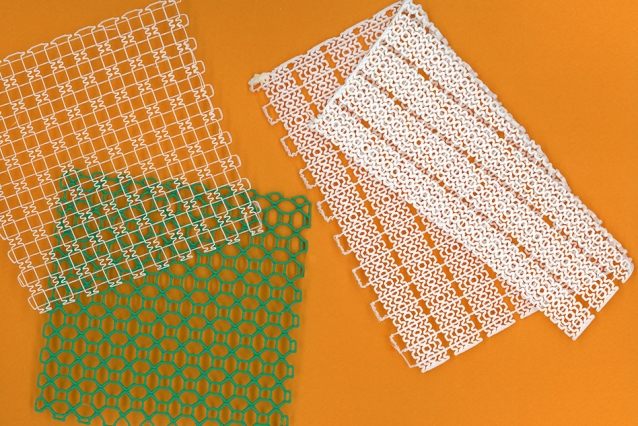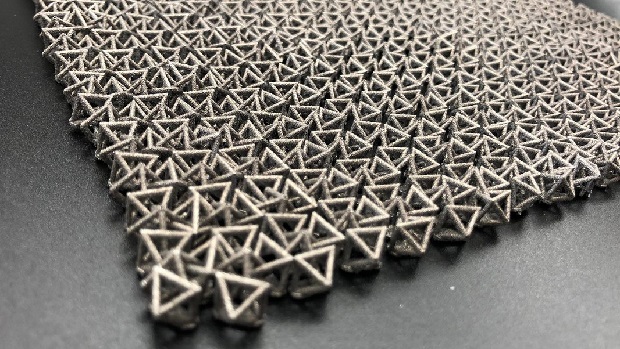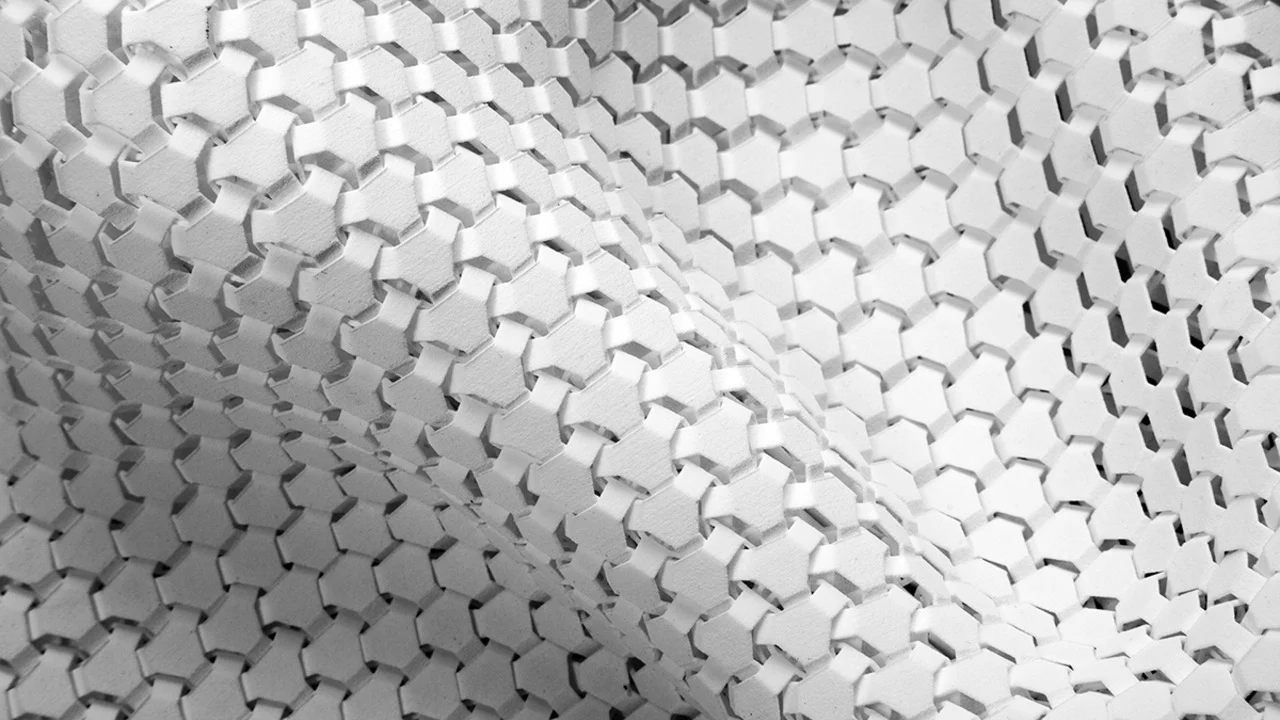The fashion industry is continuously evolving, and one of the most groundbreaking advancements in recent years is the integration of 3D printing technology with textiles. This innovative approach is revolutionizing how fabrics are designed, produced, and used in fashion, offering endless possibilities for creativity, sustainability, and customization. In this blog, we explore the future of fashion through the lens of 3D printing and textiles, highlighting the benefits, applications, and potential impact on the industry.
The Intersection of 3D Printing and Textiles
3D printing, also known as additive manufacturing, involves creating three-dimensional objects by adding material layer by layer based on a digital model. When applied to textiles, this technology can produce intricate patterns, structures, and designs that are difficult or impossible to achieve with traditional methods.

Benefits of 3D Printing in Fashion
- Customization and Personalization
One of the most significant advantages of 3D printing in fashion is the ability to create customized and personalized garments. Designers can tailor clothing to individual body measurements and preferences, offering a perfect fit and unique style for each customer. This level of personalization enhances the consumer experience and sets new standards for luxury fashion. - Sustainability
3D printing technology promotes sustainability in the fashion industry by reducing waste and optimizing material usage. Traditional textile production often results in excess fabric and offcuts, which contribute to environmental pollution. In contrast, 3D printing uses only the necessary amount of material, minimizing waste and reducing the carbon footprint of garment production. - Innovative Designs
The design possibilities with 3D printing are virtually limitless. Designers can experiment with complex geometries, intricate patterns, and new materials that were previously unattainable. This innovation opens up new avenues for creative expression and pushes the boundaries of fashion design. For more on how technology is transforming textile design, check out our blog on Innovations in Fabric Printing: Breaking the Boundaries of Traditional Methods.

Applications of 3D Printing in Textiles
- Fashion and Haute Couture
High-fashion designers are increasingly incorporating 3D printed elements into their collections. From avant-garde dresses to intricate accessories, 3D printing allows for the creation of bold and unconventional designs that captivate the fashion world. Notable designers like Iris van Herpen have pioneered the use of 3D printing in haute couture, showcasing its potential to transform fashion. - Sportswear and Performance Apparel
3D printing is also making waves in the sportswear industry. Customized athletic shoes, breathable and lightweight garments, and protective gear can be produced using 3D printing techniques. This technology enables the creation of high-performance apparel tailored to the specific needs of athletes, enhancing their comfort and performance. - Medical Textiles
In the realm of medical textiles, 3D printing offers innovative solutions for healthcare applications. Custom-made orthopedic braces, prosthetics, and even bioprinted skin grafts are becoming a reality. These advancements improve patient outcomes and demonstrate the versatility of 3D printing in textile production.
For more on the impact of digital technology in textile design and production, visit our blog on The Impact of Digital Technology on Textile Design and Production.

Challenges and Future Prospects
Despite its numerous benefits, the integration of 3D printing with textiles also faces challenges. The high cost of 3D printers and materials, along with the need for specialized skills and knowledge, can be barriers to widespread adoption. However, as technology advances and becomes more accessible, these challenges are likely to diminish.
Looking ahead, the future of fashion with 3D printing is incredibly promising. As designers and manufacturers continue to explore and embrace this technology, we can expect to see more innovative and sustainable solutions that redefine the fashion landscape.
For a historical perspective on the evolution of textile printing techniques, read our blog on The Evolution of Textile Printing Techniques: From Ancient to Modern Times.
Conclusion
3D printing is set to revolutionize the fashion industry by offering unprecedented levels of customization, sustainability, and innovation. As this technology continues to evolve, it will undoubtedly play a pivotal role in shaping the future of fashion.
For high-quality fabrics and comprehensive sourcing solutions, visit locofast.com. Locofast is committed to providing cutting-edge textile solutions that meet the highest standards of quality and innovation. Explore their website to learn more about their products and services, and discover how Locofast can support your journey in the world of advanced textiles.
